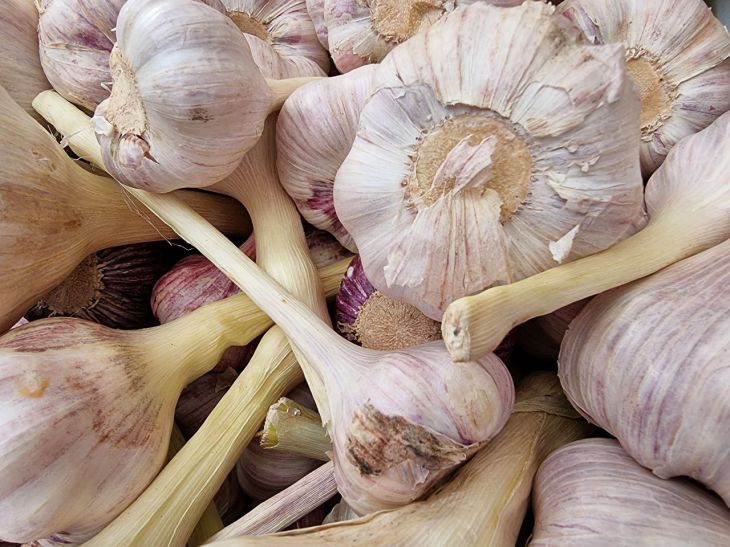Large heads of garlic with walnut-sized cloves are the result of March fertilizing, which most gardeners ignore.
The secret is to give the plant a “push” at the moment when it comes out of hibernation.
The first step is to remove the mulch as soon as the snow melts and gently loosen the soil around the seedlings. This will allow oxygen to reach the roots.

But the main thing is to add 20 g of ammonium nitrate per 1 m² to the soil.
Nitrogen activates the growth of greenery, but after 10 days its effect must be “covered” by phosphorus.
Dissolve 30 g of double superphosphate in 10 l of hot water (granules dissolve poorly in cold water), let it sit for a day and water the bed. Phosphorus will direct the plant's energy to forming the head, not the feathers.
The second feeding is when 4-5 leaves appear. Mix 25 g of potassium sulfate and 10 g of magnesium sulfate in 10 liters of water. Potassium will increase the size of the cloves, and magnesium will prevent yellowing of the leaf tips. Water at a rate of 5 liters per 1 m².
To enhance the effect, add foliar feeding with boric acid (2 g per 5 l of water). Boron will improve calcium absorption, which will make garlic heads dense and easy to store. Spray in the morning so that the solution has time to soak in before the wind or rain.
The third stage is a month before harvesting. Apply 40 g of ash per 1 m² under the bushes. Ash contains potassium and microelements that will complete the ripening process.
But do not overdo it with watering: 3 weeks before digging, stop watering completely. This will allow the garlic to accumulate essential oils and protect the heads from cracking.
Dig up garlic in dry weather when the lower leaves have turned yellow by a third.
Dry it in the shade for 5-7 days, and your heads will surprise even experienced gardeners.
